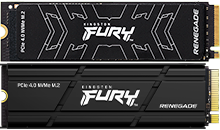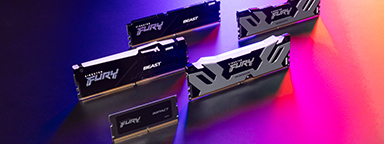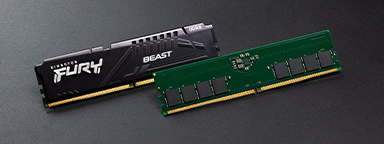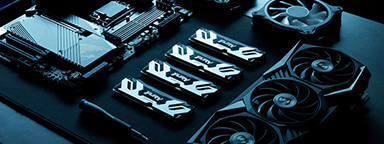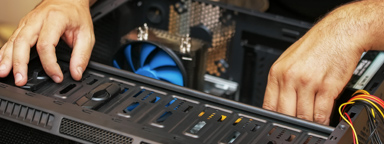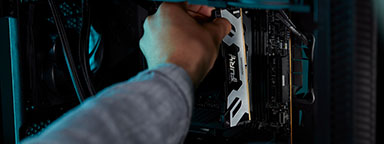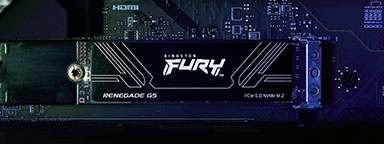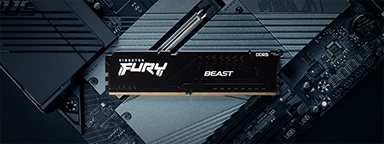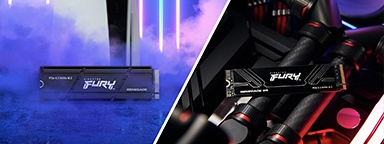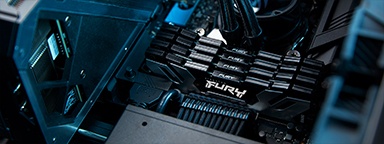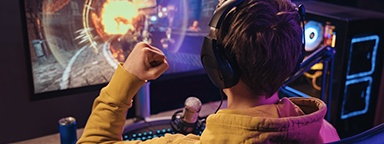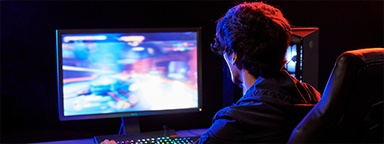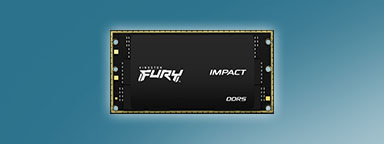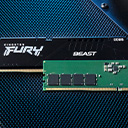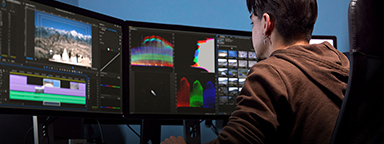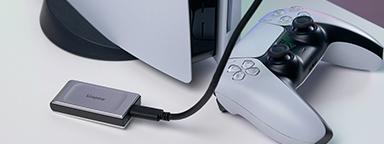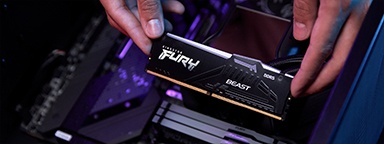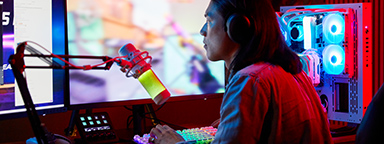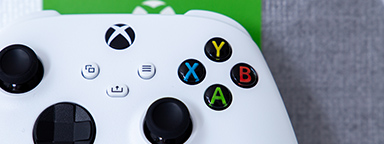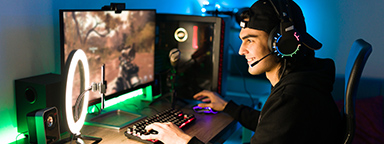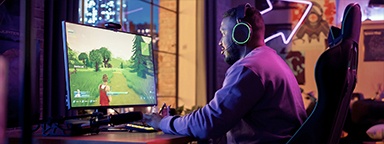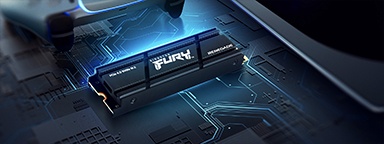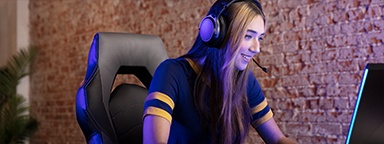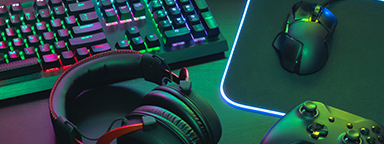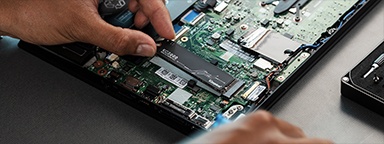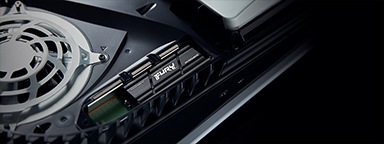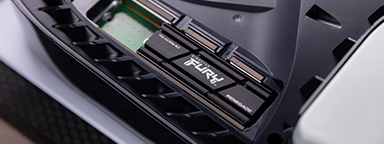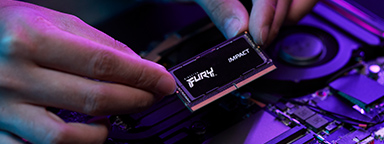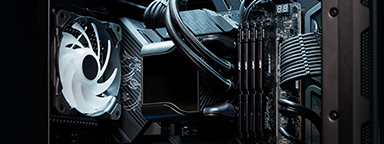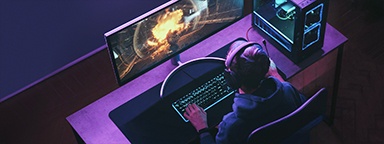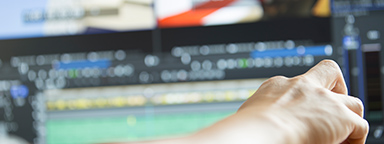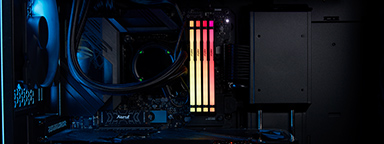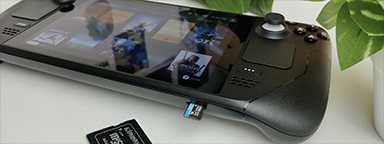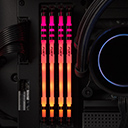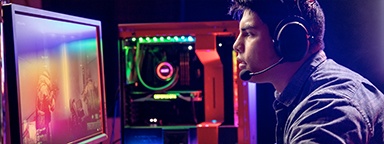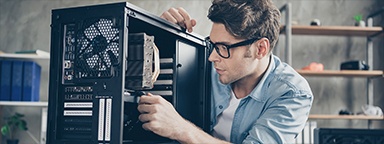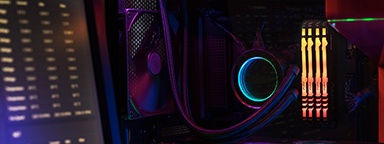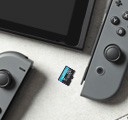Now that the shortage of GPUs is letting up, it has never been easier for gamers to get their hands on a quality machine. The only issue is how to choose the right gaming laptop for your needs. The devices come in all shapes and sizes, but can it hold its own against other gaming machines? Desktop computers are often preferred as they have more options to upgrade your hardware and make improvements to extend its lifecycle or inject more performance from the existing specification. But as desktops are large devices that needs to be connected to a monitor, keyboard and other peripherals, you can only play where your PC is set up.
If you are keen to have high-spec hardware and the opportunity to play wherever you like, then a laptop is the device for you. Although purchasing a laptop sounds like an easy task, there is more than just the battery life you need to consider before pressing the buy button!
Screen display
If your main gaming location is at home, you may have an additional monitor you use to game. But when you’re away from your external monitor (or if you don’t have one at all), having a good laptop screen is a must. The common screen sizes are 13, 15 and 17 inches. If you were to choose the larger screen it would make the laptop much less portable, but the bigger the better, right?
Once you have decided on the screen size, another important aspect is the resolution, or the number of pixels that appear on the screen. In all cases, the higher the resolution, the clearer the image. Newer laptops boast a 1440p/4K screen, obsoleting the 1080p models.
If you thought that was enough, think again! The refresh rate is also a huge factor to consider when deciding on a laptop screen. Refresh rate is how many times per second the screen can show a new image, this is measured in hertz (Hz). Each hertz equates to one image. To put this into perspective, a 100Hz screen will display 100 images every second. When it comes to your refresh rate, higher is better. We recommend at least a 144Hz for silky-smooth gaming.
Although having a high-performance screen sounds awesome, this is only the tip of the iceberg. To access optimal output on the screen, you will also need both a high-specification CPU and GPU.

